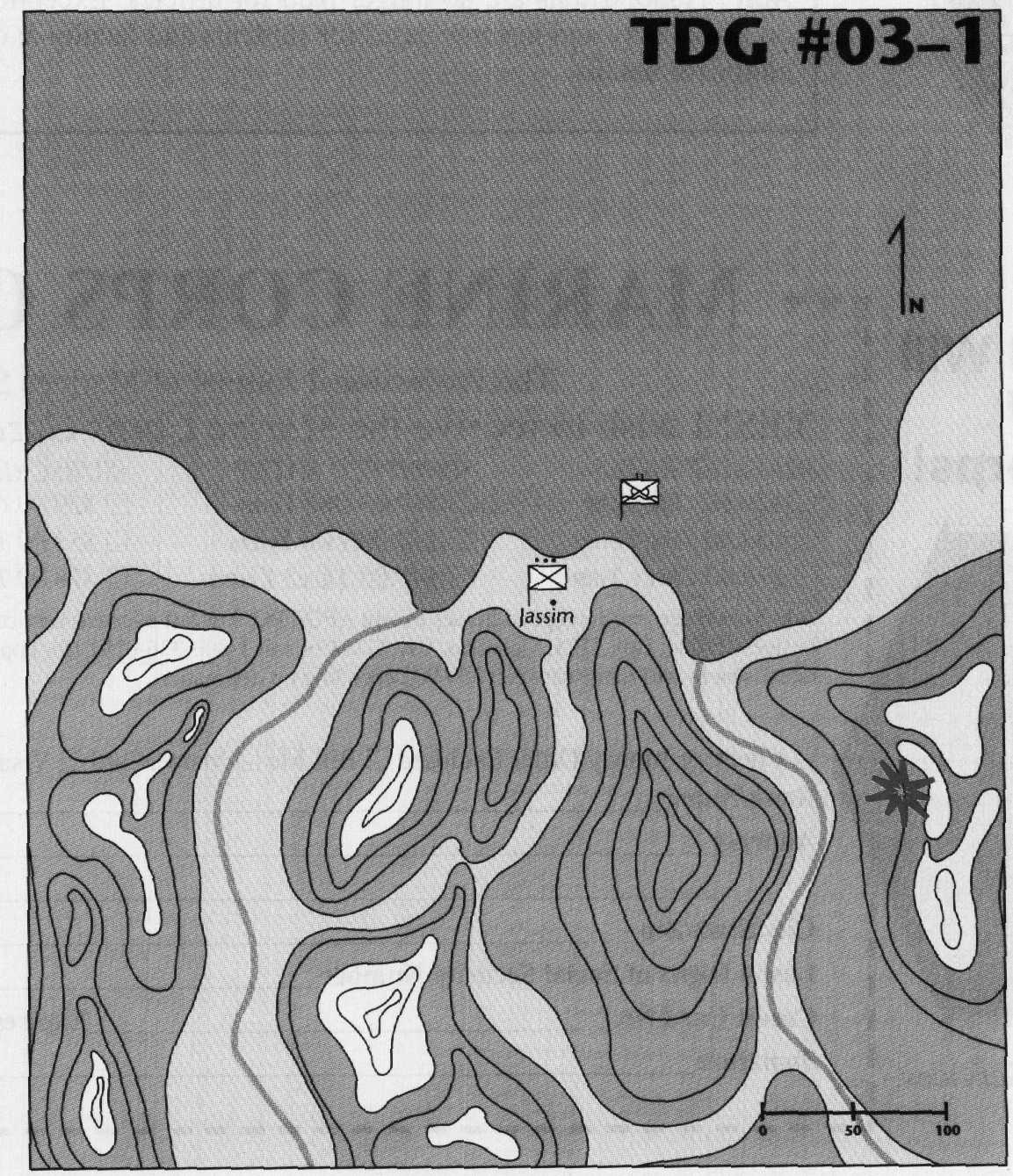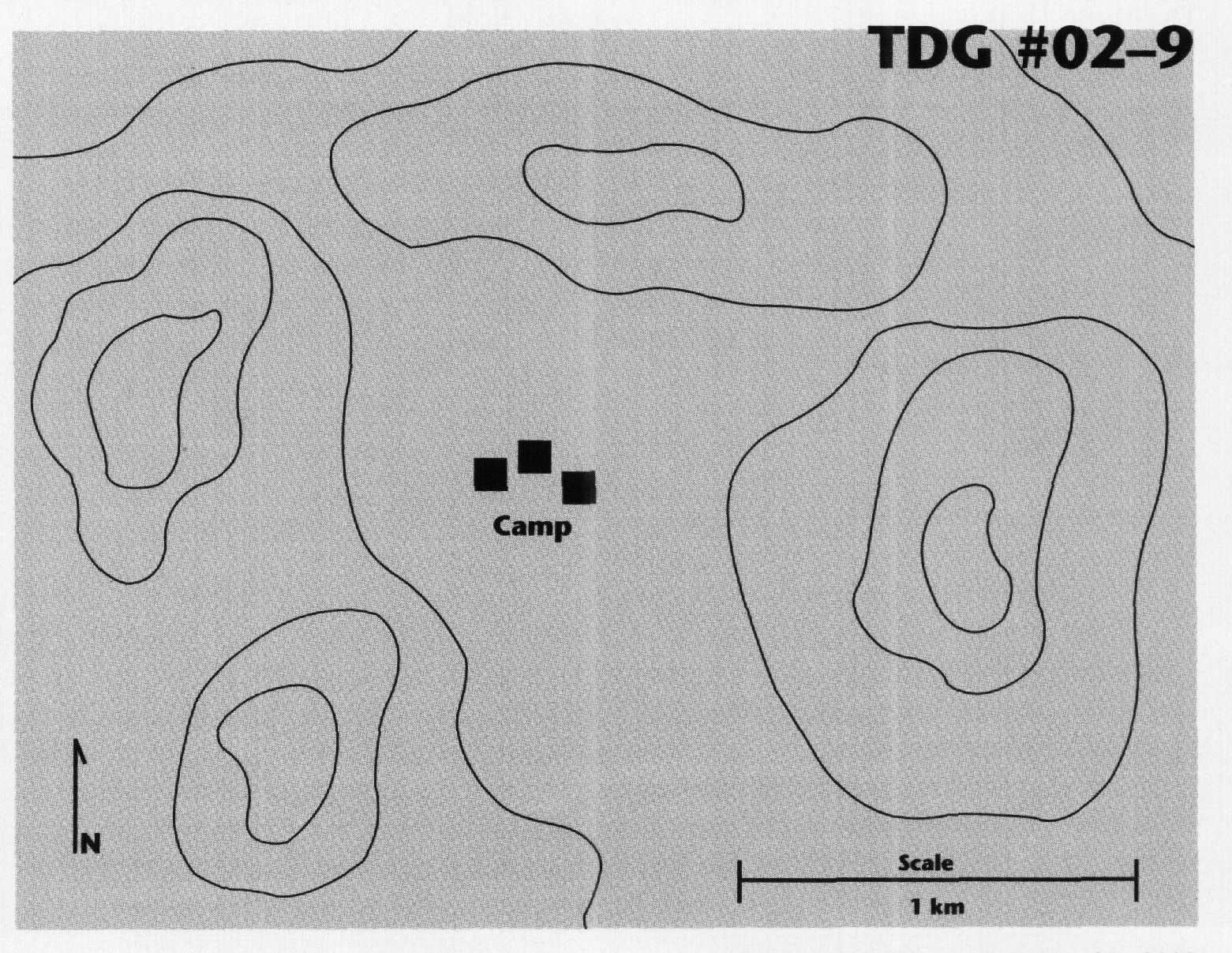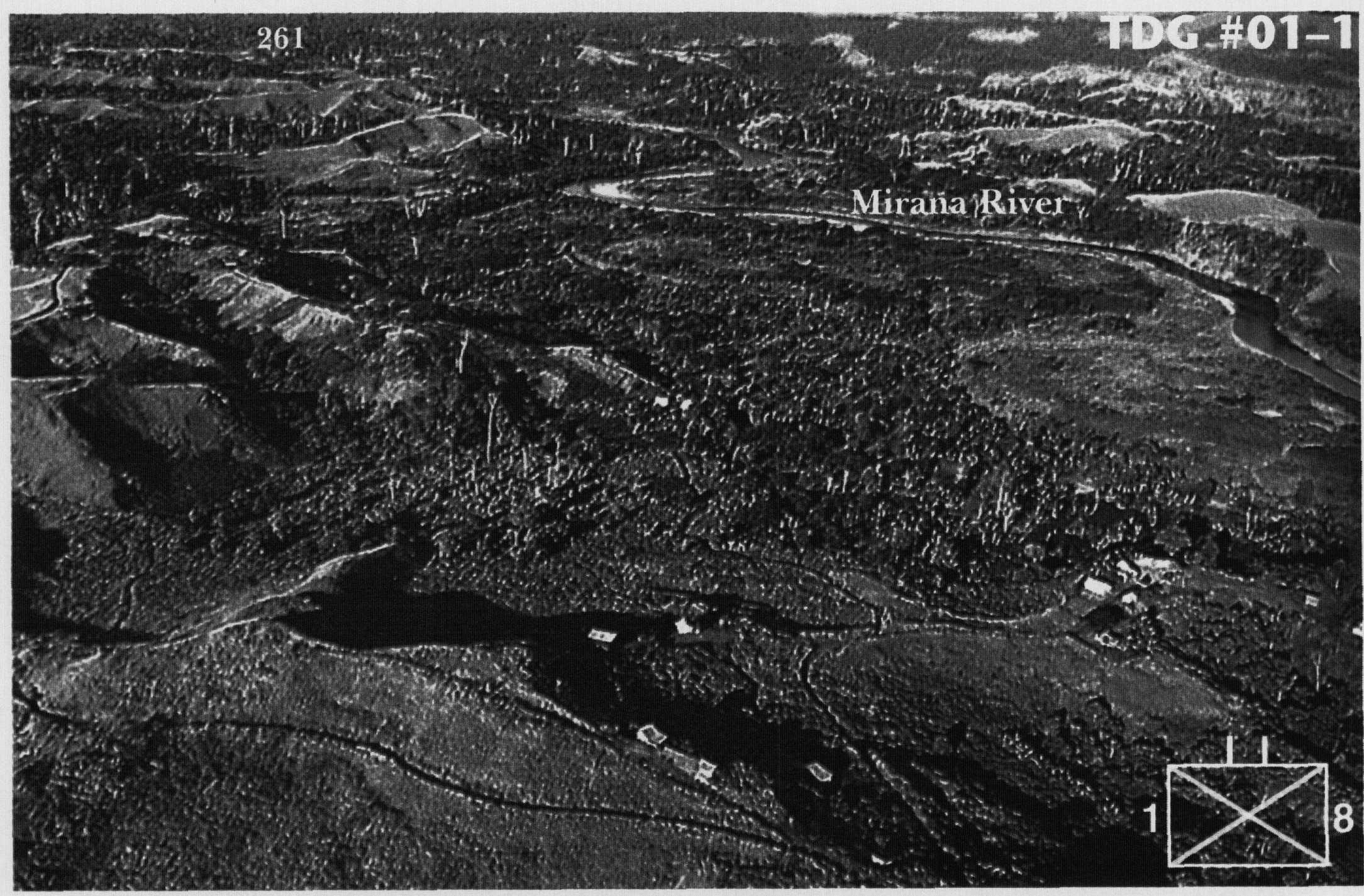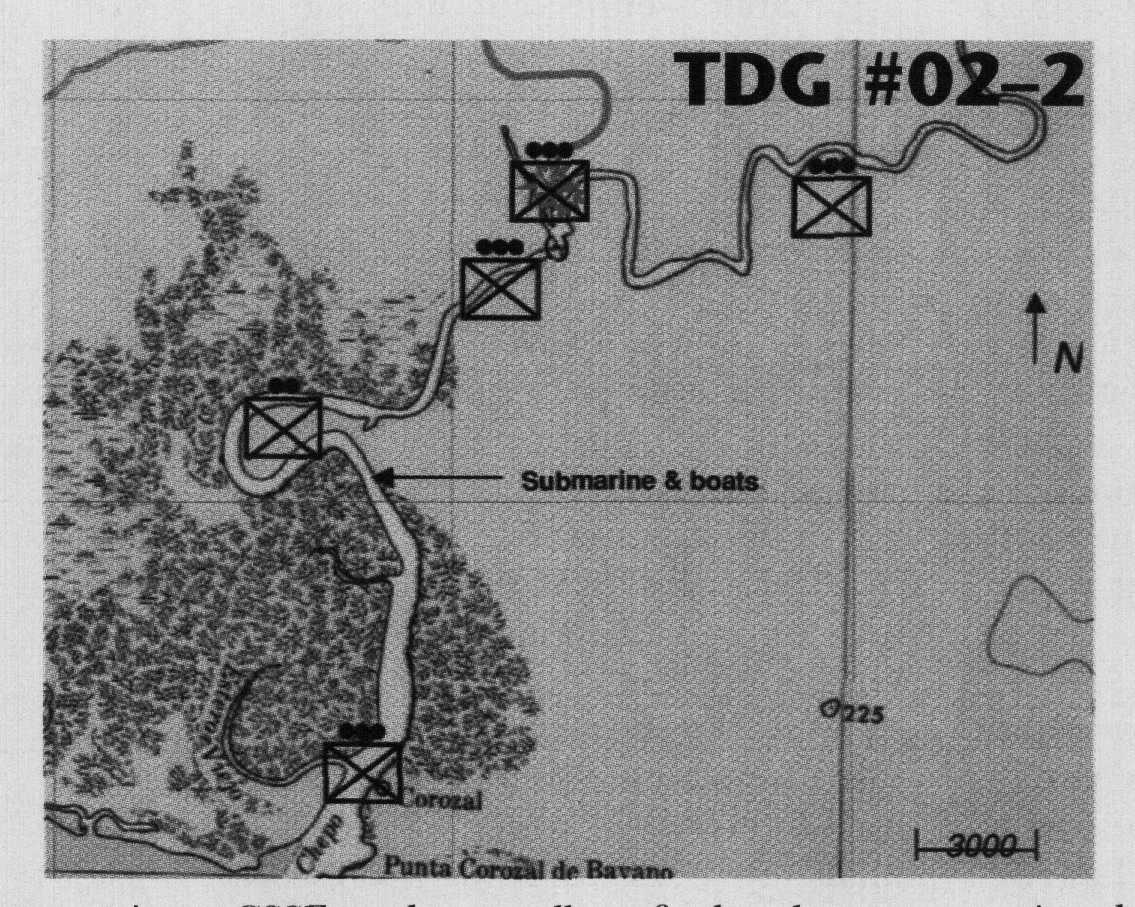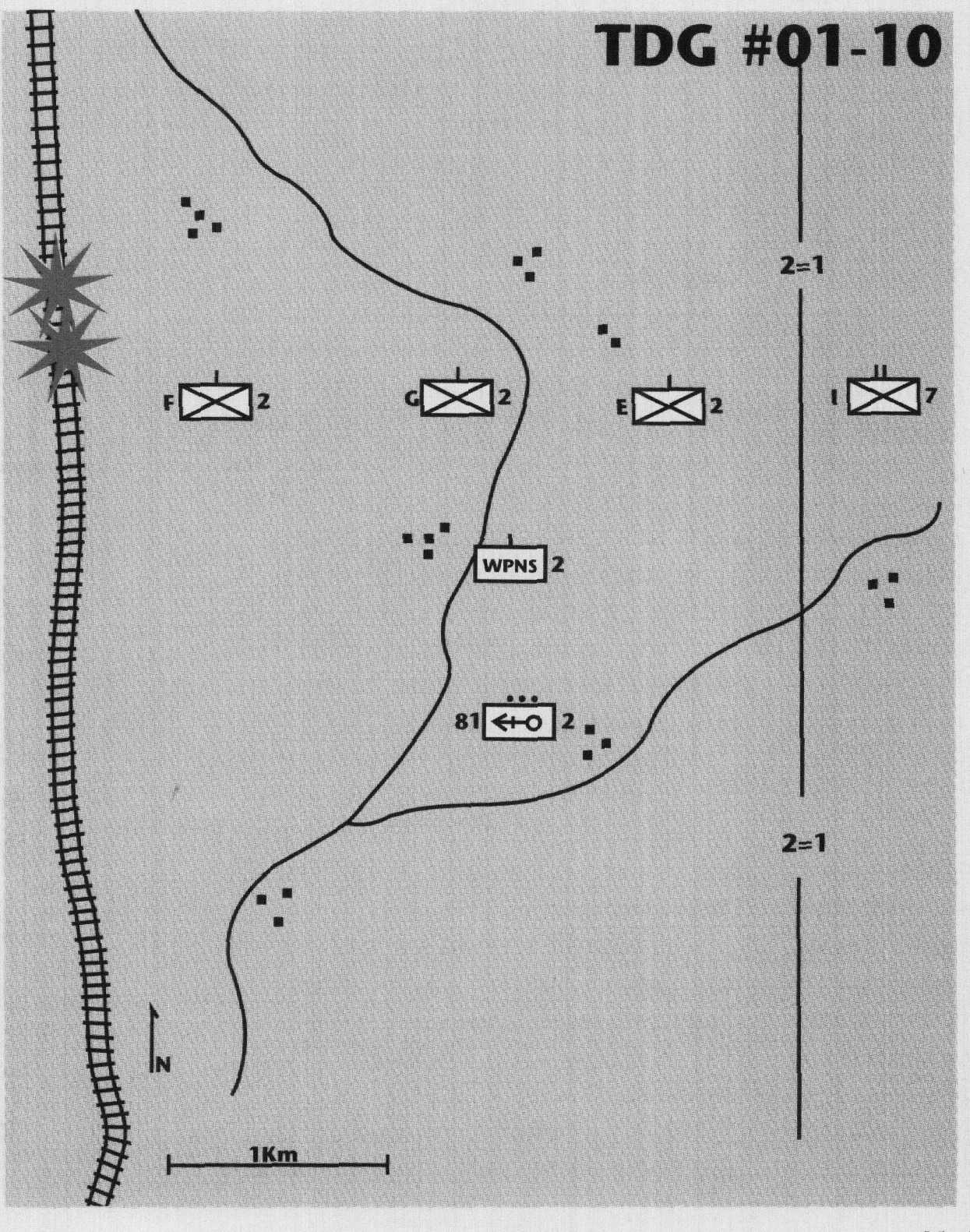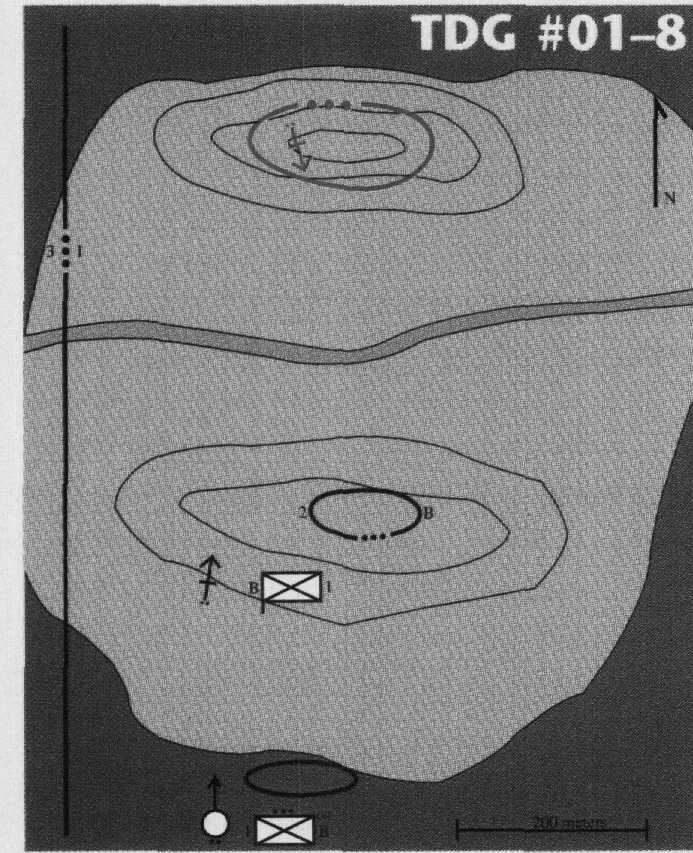Situation
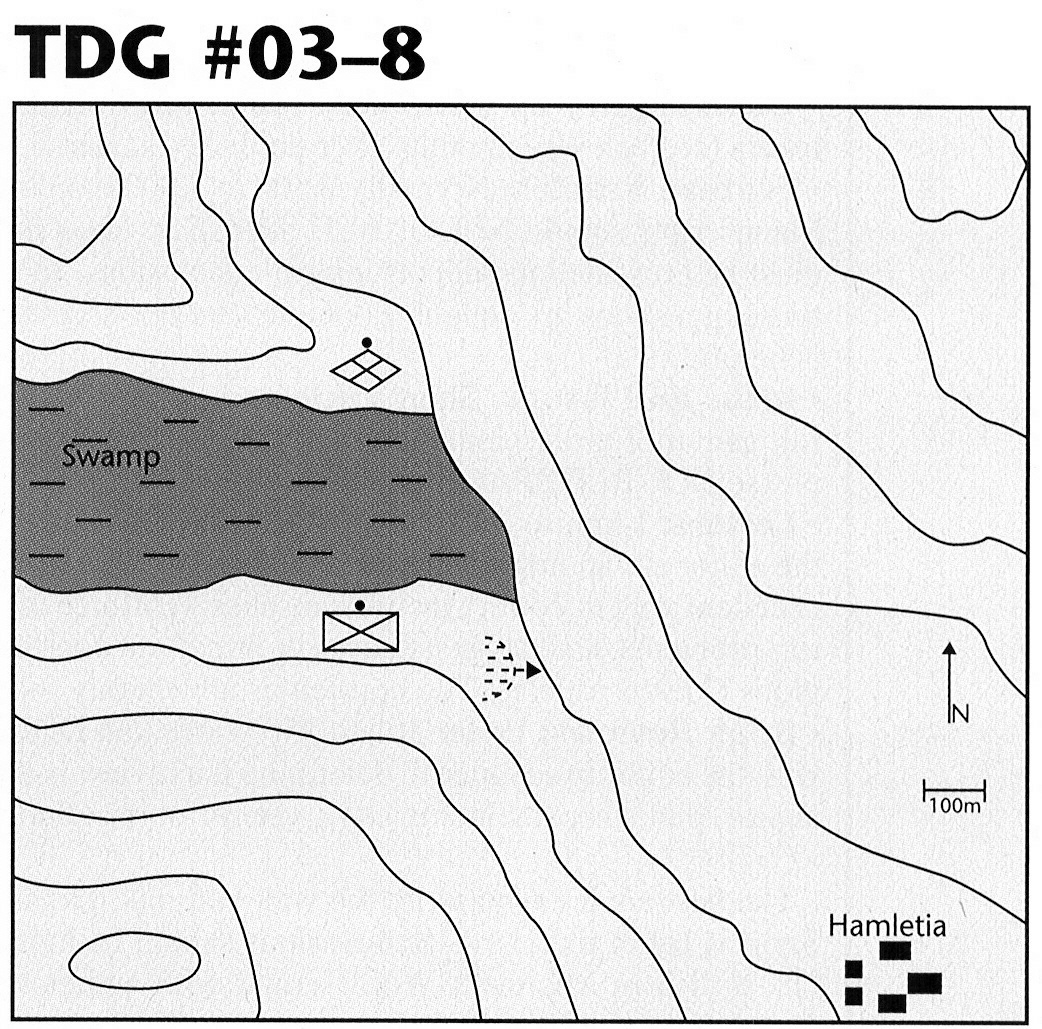 You are 1st Squad Leader, 1st Platoon, Company A, 1st Battalion, 6th Marines. Your battalion has been conducting patrolling operations in the country of Jungleland. The battalion is assisting the Jungleland Marines in defeating an indigenous guerilla movement that has been linked to an international terrorist organization. The terrain in the interior, where the guerilla movement is based, features steep hills covered with triple canopy jungle cut by numerous, small, easily fordable streams and swamps in the low-lying areas. Visibility is limited to 100 meters or less in the hills and 200 meters or less in the lowlands.
You are 1st Squad Leader, 1st Platoon, Company A, 1st Battalion, 6th Marines. Your battalion has been conducting patrolling operations in the country of Jungleland. The battalion is assisting the Jungleland Marines in defeating an indigenous guerilla movement that has been linked to an international terrorist organization. The terrain in the interior, where the guerilla movement is based, features steep hills covered with triple canopy jungle cut by numerous, small, easily fordable streams and swamps in the low-lying areas. Visibility is limited to 100 meters or less in the hills and 200 meters or less in the lowlands.
The guerillas operate largely in 10- to 12-man groups based in villages. They depend on their home villages for food, fresh water, and new recruits. They are armed with a variety of small arms from bolt action rifles to rocket propelled grenades. They are not known to possess a significant heavy machinegun or indirect fire capability.
Company A is operating with a Jungleland Marine company in the area of the small town of Villagton that has several small, outlying hamlets. The company’s mission is to deny the enemy the use of the village in order to cut the enemy off from the supplies and potential recruits in the village. 1st Platoon is tasked with occupying the outlying hamlet of Hamletia and conducting combat patrols in order to prevent small enemy units from infiltrating into Villagton. 2d and 3d Platoons have the same mission in hamlets to the south of the village. Your company command post and the Jungleland Marine company are located in Villagton itself. 2d and 3d Squads will remain in the village while you patrol and will prepare to conduct their own patrols upon your return. Located north of Villagton are 60mm mortars. They are in general support of the company with priority of fires to 3d Platoon, then 2d Platoon, and then 1st Platoon.
Your squad has been tasked with conducting a daylight patrol north of the village along a route that squad-sized enemy units have used previously to move into the Villagton area. You will insert by helicopter and patrol on foot back toward Hamletia. Your mission is to conduct a heliborne and foot security patrol in order to prevent any enemy forces from infiltrating along the known route toward Hamletia and Villagton. Commander’s intent is as follows:
The enemy’s center of gravity is the support, in the form of supplies and recruits, that he receives from the Villagton area. His critical vulnerability is that he uses known routes to infiltrate toward the village. I intend to send out patrols along these routes to find enemy patrols and prevent them from moving toward the village by destroying them.
You will be within range of 60mm mortars during your entire patrol.
You insert at 1200 and begin moving south following a small stream. Radio communications in the dense jungle has been unreliable throughout the patrol. At approximately 1400 you move into a swampy area bounded by two small streams featuring knee-deep brackish water, waist-high grass, and some tall trees, although the area is not so densely wooded as the hills. You are moving on the south side of the swampy area when one of your Marines spots a group of guerillas moving on the north side of the swampy area approximately 200 meters away. You immediately halt and begin to deploy for a hasty ambush facing east across a larger stream along the route you think the enemy forces will take toward Villagton. As you begin to position for the ambush, the enemy force suddenly halts and goes to ground. You are not sure if they have seen you or what they intend to do, but you cannot see them moving away. You attempt to call higher to report, but you cannot get a response.
Requirement
In a time limit of 5 minutes, issue your orders to your patrol. Provide a brief rationale for your actions and a sketch of your plan. Submit your solution to Marine Corps Gazette, TDG #03-8, P.O. Box 1775, Quantico, VA 22134, fax 703-630-9147, or e-mail <[email protected]>.


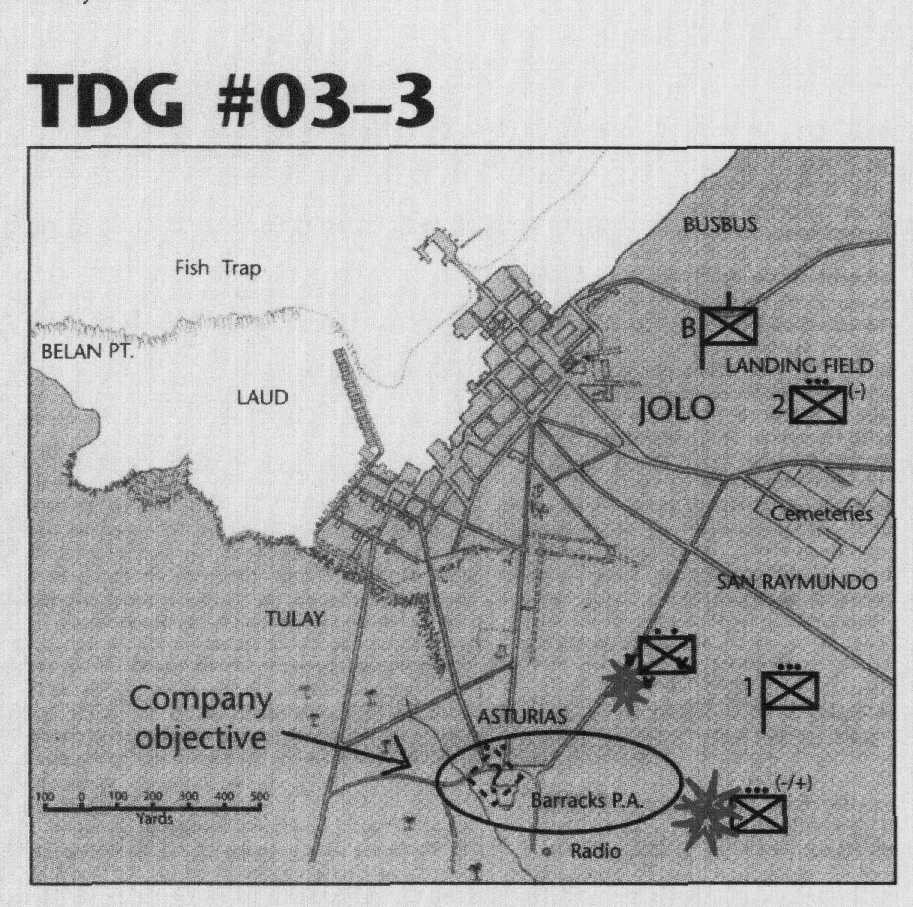


 Requirement
Requirement